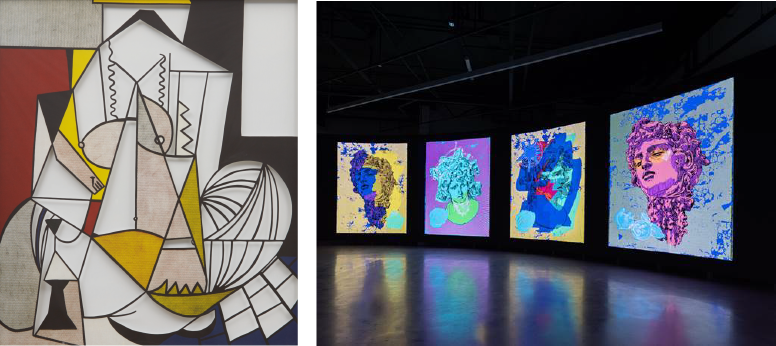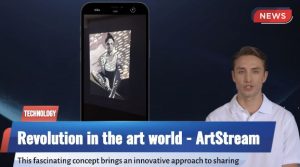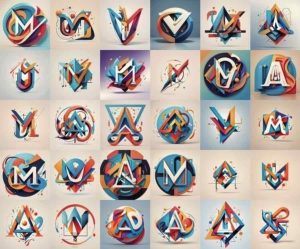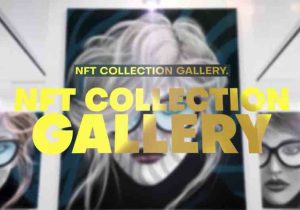The Evolving Art of NFTs

Bridging Creativity and Technology
Introduction to NFTs and Their Impact on the Art World
The digital art world has been revolutionized by Non-Fungible Tokens (NFTs), particularly following landmark sales such as Beeple’s artwork. This introduction explores how NFTs have redefined the value and distribution of art in a digital age, setting the stage for a deeper discussion on their ongoing impact.

NFTs as a Tool for Artist Empowerment
NFTs empower artists by authenticating digital works and embedding royalties within smart contracts, ensuring artists earn from secondary sales. This segment details how these mechanisms provide artists with sustainable income and greater control over their work.
The Community and Market Dynamics of NFTs
Community engagement is central to the NFT marketplace, with platforms facilitating direct interactions between artists and collectors. This section examines how personal connections and community support enhance the intrinsic value of NFTs.
Challenges and Criticisms Facing the NFT Marketplace
Despite their benefits, NFTs face criticism concerning environmental impacts and market volatility. This part addresses these challenges and explores the public’s fluctuating perception of NFTs’ value.
Piet Mondrian’s “Composition with Red, Blue, and Yellow” from 1930 is a striking work that epitomizes his iconic abstract style. Measuring 46 x 46 cm and housed at Kunsthaus Zürich, this oil on canvas features a precise arrangement of geometric forms, dominated by a large red square balanced with smaller blocks of blue and yellow. The composition is intersected by thick, black lines that create a sense of order and harmony. This artwork exemplifies Mondrian’s De Stijl philosophy, which emphasizes pure abstraction and universal aesthetics through a limited palette and simple geometric elements.

Piet Mondrian’s Potential View on NFTs and Digital Art
Considering Piet Mondrian’s legacy as a pioneer of abstract art, his attitude towards digitizing his works and selling them as NFTs might have been open but cautious. Mondrian’s philosophical approach to art was rooted in creating universal beauty through simplicity and geometric harmony. The digital realm, offering a new medium for artistic expression and preservation, could appeal to him as a way to perpetuate his ideas and reach a broader audience. However, Mondrian was also deeply committed to the principles of art as a spiritual and philosophical endeavor, not merely commercial. Therefore, while the idea of digitizing his art aligns with making art universally accessible, the commercial aspects prevalent in the NFT market might have conflicted with his purist views.
Mondrian’s Resistance to Fragmenting His Artwork for Sale
As for the idea of fragmenting his artworks into pieces for sale via platforms like Decentral-Art, Mondrian might have been less enthusiastic. His compositions, characterized by a careful balance and interplay between space, color, and line, are intended to be viewed and appreciated as whole pieces. The concept of selling parts of a composition separately could undermine the integrity and intended experience of his artworks. Mondrian believed in the holistic experience of art, where every element of his composition contributes to its overall impact and meaning. Selling pieces of his works might detract from the unity and harmony he aimed to achieve in his art, suggesting that he would likely oppose such a fragmentation of his work.
Future Innovations and Sustainability in NFTs
Looking forward, the article explores potential sustainable practices and technological innovations that could mitigate current shortcomings and enhance the role of NFTs in the art world.
The Role of Platforms like Decentral-Art in NFT Innovation
Platforms like Decentral-Art are pivotal in shaping a decentralized art community, offering more than a marketplace by supporting artists through educational resources. This section discusses how such platforms are crucial in promoting a sustainable and artist-focused digital art environment.
This revised article structure now includes clearly defined sections with appropriate headers, enhancing readability and providing a structured narrative on the ongoing evolution of NFTs in the art world.


